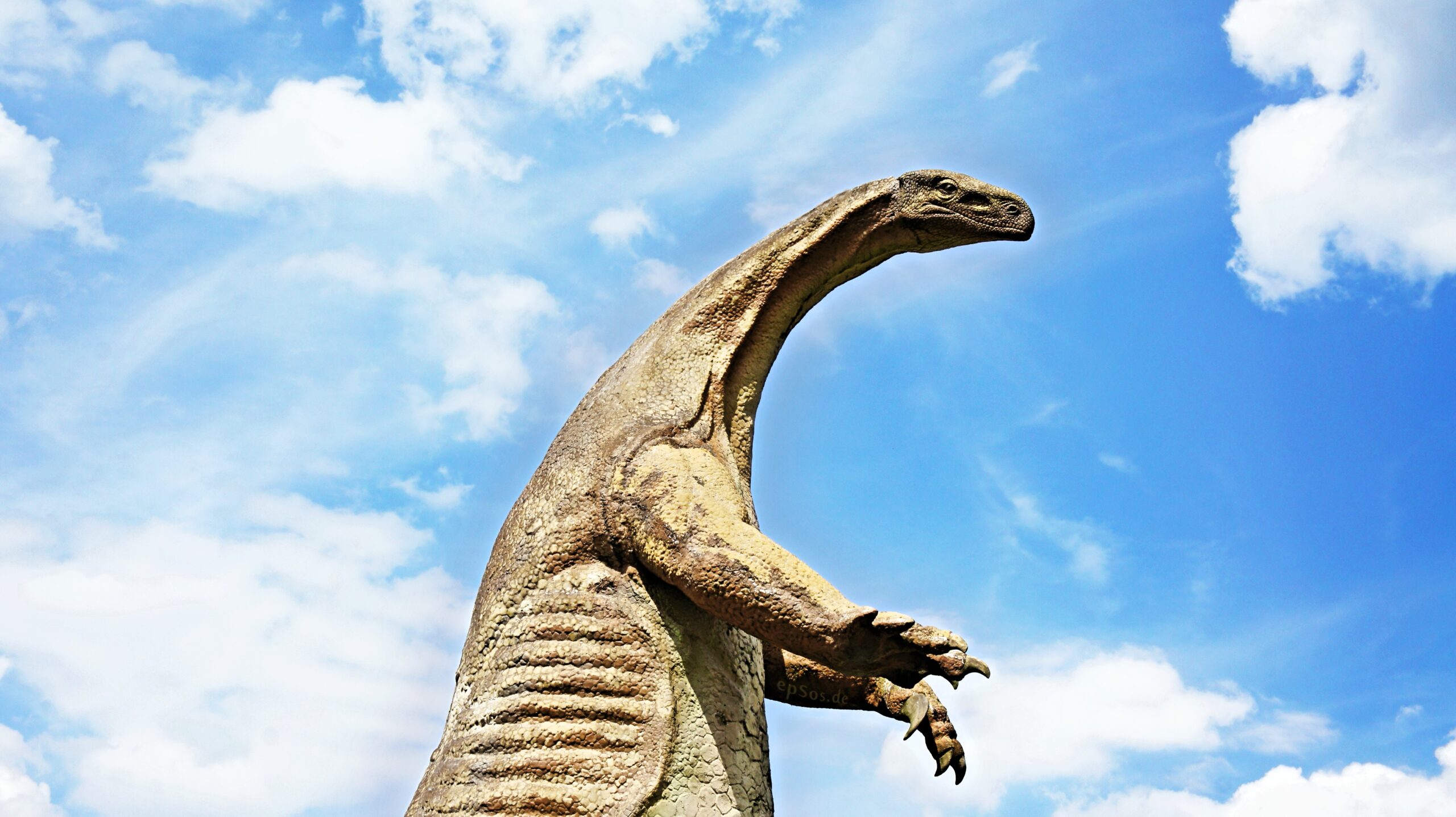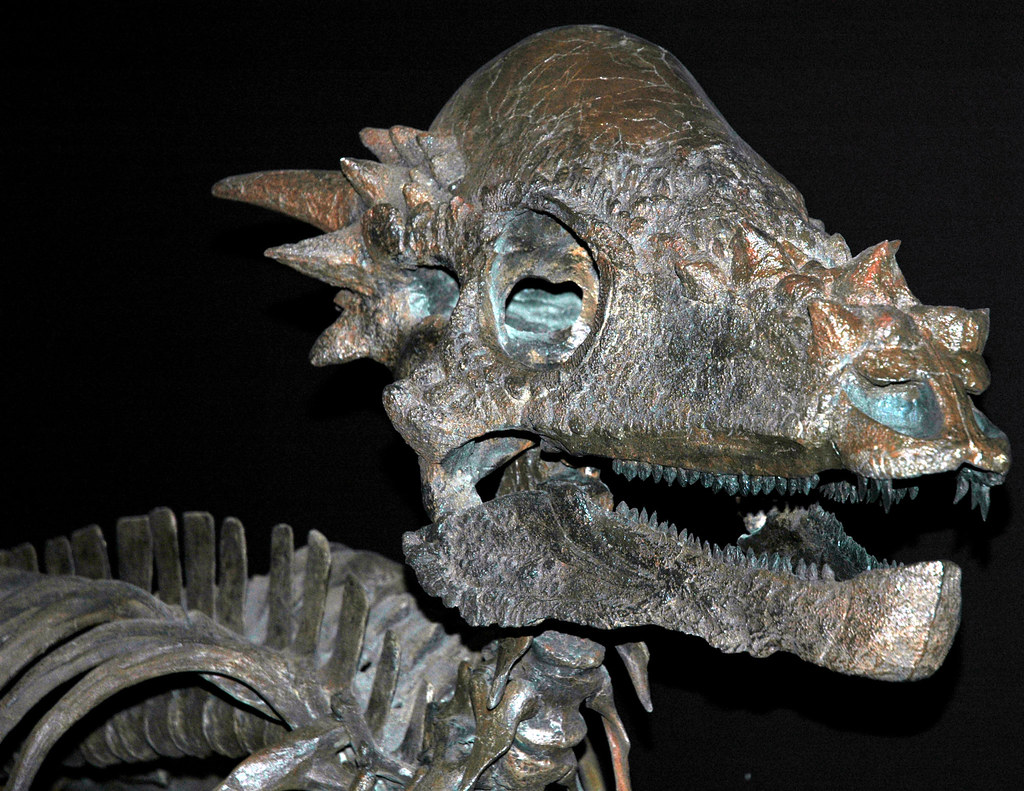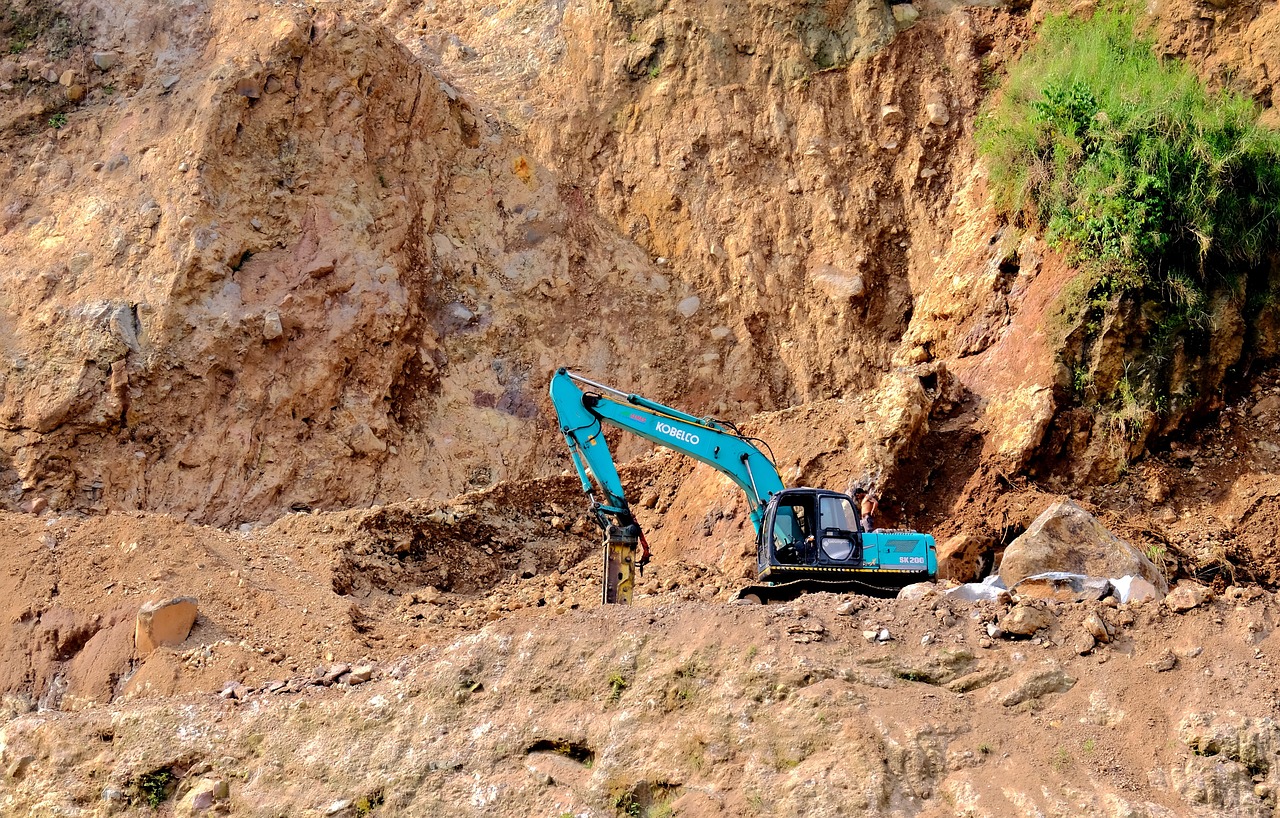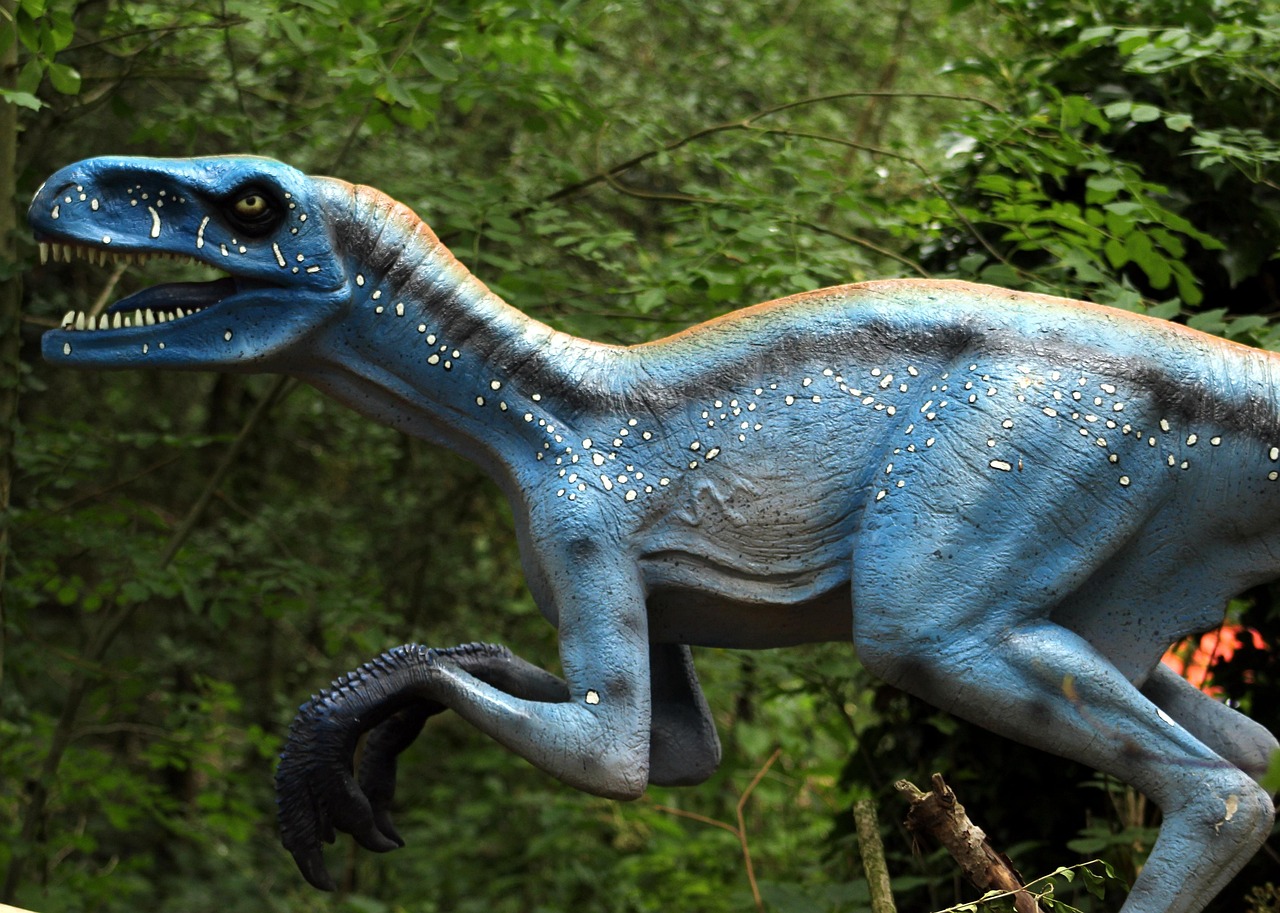Picture this: your six-year-old comes running into the kitchen, eyes wide with excitement, clutching a colorful book about dinosaurs. “Mom, did you know a T-Rex’s arms were actually super strong even though they looked tiny?” This magical moment of discovery happens countless times when kids dive into the fascinating world of prehistoric creatures through well-crafted dinosaur books. The right dinosaur fact book doesn’t just teach children about ancient reptiles – it ignites their imagination, sparks scientific curiosity, and opens doorways to understanding our planet’s incredible history.
What Makes a Great Dinosaur Book for Kids

Not all dinosaur books are created equal, and the difference between a mediocre book and an exceptional one can shape a child’s entire relationship with learning. The best dinosaur fact books combine accurate scientific information with engaging storytelling that doesn’t talk down to young readers. They feature stunning illustrations or photographs that bring these ancient creatures to life, making the Mesozoic Era feel as real as yesterday’s playground adventure. Most importantly, great dinosaur books present complex scientific concepts in bite-sized, digestible pieces that leave kids hungry for more knowledge rather than overwhelmed by jargon.
National Geographic Kids Ultimate Dinopedia

This powerhouse of prehistoric knowledge stands as the gold standard for comprehensive dinosaur reference books designed specifically for young minds. The Ultimate Dinopedia features over 700 stunning photographs and illustrations that make every page feel like a journey through time. What sets this book apart is its perfect balance of breadth and depth – it covers hundreds of dinosaur species while dedicating enough space to each one to make them memorable. The book includes fascinating comparisons, like showing how a Brachiosaurus’s neck was longer than a school bus, making abstract concepts tangible for curious kids. Interactive elements throughout keep children engaged, while the latest paleontological discoveries ensure the information stays current and exciting.
Everything You Need to Know About Dinosaurs

This comprehensive guide takes a unique approach by organizing dinosaur information around the questions kids actually ask, rather than following traditional scientific classification systems. The book tackles burning questions like “Why did dinosaurs have such weird shapes?” and “Could dinosaurs really fly?” with enthusiasm and scientific accuracy. Each chapter builds upon the previous one, creating a logical learning progression that feels natural rather than forced. The authors include hands-on activities and experiments that transform passive reading into active discovery, encouraging kids to think like real paleontologists. Colorful infographics throughout the book help visual learners grasp complex concepts about prehistoric ecosystems and evolutionary timelines.
DK Encyclopedia Dinosaur

DK’s reputation for creating visually stunning educational content shines brightly in their dinosaur encyclopedia, which transforms dense scientific information into an accessible visual feast. The book’s signature style combines crystal-clear photography of fossils and museum displays with detailed computer-generated reconstructions that show dinosaurs as they might have appeared in life. Cross-sectional diagrams reveal the internal workings of dinosaur bodies, from their powerful hearts to their specialized digestive systems. The encyclopedia format allows readers to jump around freely, perfect for kids who prefer exploration over linear reading. Fact boxes scattered throughout provide quick-hit information that satisfies short attention spans while building toward deeper understanding.
The Big Book of Dinosaurs

Size matters when it comes to capturing a child’s imagination, and this oversized format book delivers impact from the moment kids see it on the shelf. The large pages provide space for truly spectacular illustrations that showcase dinosaurs at impressive scales, making a Diplodocus feel genuinely enormous. Each dinosaur receives a detailed two-page spread that combines essential facts with engaging storytelling about how these creatures lived, hunted, and survived. The book organizes dinosaurs by time periods, helping children understand the vast timeline of prehistoric life and how different species never actually lived together despite what movies might suggest. Special sections focus on dinosaur discovery stories, introducing young readers to famous paleontologists and the excitement of fossil hunting.
Smithsonian Kids Dinosaurs Encyclopedia
Backed by one of the world’s most respected natural history institutions, this encyclopedia brings museum-quality education directly into children’s hands. The Smithsonian’s vast collection of dinosaur fossils and research provides the foundation for incredibly detailed and accurate information presented in kid-friendly language. Real fossil photographs appear alongside artistic reconstructions, helping children understand the detective work involved in piecing together dinosaur appearance and behavior from ancient bones. The book includes exclusive behind-the-scenes content about ongoing research and recent discoveries, making kids feel connected to the living world of paleontology. Interactive elements challenge readers to compare sizes, identify features, and make connections between different dinosaur species and modern animals.
Dinosaur Atlas
Geography meets paleontology in this innovative approach to dinosaur education that shows where different species lived across ancient Earth’s changing landscapes. The atlas format helps children understand that dinosaurs weren’t just scattered randomly across the planet – different species evolved in different regions and adapted to specific environments. Detailed maps show how continents looked during various periods of the Mesozoic Era, with dinosaur illustrations placed in their actual geographic locations. This geographical approach helps kids grasp the concept of continental drift and how Earth’s changing climate influenced dinosaur evolution. The book includes information about modern-day fossil sites, inspiring young readers to think about paleontology as an ongoing adventure happening right now.
Dinosaurs Before Dark Magic Tree House Research Guide
Building on the beloved Magic Tree House series, this research guide combines the familiar characters Jack and Annie with solid scientific facts about dinosaurs and prehistoric life. The book maintains the engaging storytelling approach that made the original series so popular while delivering educational content that meets curriculum standards. Real photographs and illustrations complement the narrative elements, creating a bridge between fiction and non-fiction that many children find irresistible. The guide format breaks information into manageable chunks perfect for beginning readers who might find traditional encyclopedias overwhelming. Cross-references to specific Magic Tree House books help children connect their reading experiences and build deeper understanding through multiple encounters with the same concepts.
Dinosaur Discovery

This hands-on approach to dinosaur learning emphasizes the process of paleontological discovery rather than just presenting finished facts about prehistoric creatures. The book takes readers through the entire journey from fossil formation to museum display, helping children understand how scientists piece together information about creatures that lived millions of years ago. Step-by-step illustrations show excavation techniques, fossil preparation methods, and the technology used to study ancient remains. Activities throughout the book encourage kids to think critically about evidence and draw their own conclusions about dinosaur behavior and appearance. The discovery theme makes every fact feel like a revelation rather than just another piece of information to memorize.
Amazing Dinosaur Facts
Sometimes the most effective learning happens through fascinating tidbits that stick in memory long after the book closes, and this collection delivers exactly that kind of memorable content. Each page presents surprising dinosaur facts organized around themes like “Biggest,” “Smallest,” “Weirdest,” and “Most Dangerous,” making information easy to digest and remember. The book excels at putting dinosaur characteristics in perspective through clever comparisons – explaining that a Microraptor was smaller than a chicken or that some dinosaur eggs were larger than footballs. Quick-read format makes this perfect for reluctant readers or children with shorter attention spans who still crave dinosaur knowledge. Stunning visual elements support each fact, ensuring that both visual and auditory learners can engage with the material effectively.
Dinosaur Infosaurus

Data visualization meets prehistoric education in this innovative book that presents dinosaur information through charts, graphs, and infographics that make complex concepts immediately understandable. The book transforms potentially dry statistical information about dinosaur sizes, weights, and time periods into colorful, engaging visual displays that kids can interpret at a glance. Interactive elements throughout encourage readers to make their own comparisons and draw conclusions from the data presented. This approach particularly appeals to children who learn best through visual and mathematical concepts rather than traditional narrative formats. The infographic style also teaches valuable data literacy skills while delivering fascinating dinosaur content.
Prehistoric Predators

Focusing specifically on the hunters of the dinosaur world, this specialized book dives deep into the fascinating world of carnivorous dinosaurs and their hunting strategies. Detailed anatomical illustrations show how different predators were equipped for their hunting lifestyle, from the razor-sharp claws of Velociraptor to the bone-crushing jaws of Tyrannosaurus Rex. The book explores predator-prey relationships in prehistoric ecosystems, helping children understand the complex food webs that sustained ancient environments. Comparison charts pit different predators against each other, satisfying kids’ natural curiosity about which dinosaur would win in hypothetical battles. The predator focus appeals to children’s fascination with powerful, dangerous creatures while teaching important ecological concepts about balance and adaptation.
When Dinosaurs Lived

Time travel becomes educational adventure in this book that focuses on the environmental and temporal context in which dinosaurs lived rather than just the creatures themselves. Detailed reconstructions of prehistoric landscapes help children visualize the lush forests, vast deserts, and shallow seas that formed dinosaur habitats millions of years ago. The book explains how climate changes throughout the Mesozoic Era influenced dinosaur evolution and distribution, making connections between environment and adaptation. Timeline elements help kids grasp the enormous spans of time involved in prehistoric life, putting human history in perspective against Earth’s deep past. This environmental approach provides crucial context that helps children understand dinosaurs as real animals that lived in real ecosystems rather than mythical monsters.
Dinosaur Dig
Archaeological adventure comes alive in this book that transforms readers into junior paleontologists through engaging descriptions of real fossil excavations and discoveries. The book follows actual dig sites and research projects, showing children how modern scientists uncover and study dinosaur remains using cutting-edge technology and time-tested techniques. Detailed photographs from active excavation sites make the work feel immediate and exciting rather than abstract and historical. The book includes profiles of famous paleontologists, both historical and contemporary, inspiring children to consider careers in earth sciences. Hands-on activities throughout encourage kids to practice observation and deduction skills essential to scientific thinking.
Giants of the Past
Scale and size take center stage in this book dedicated to the largest creatures ever to walk the Earth, swim in ancient seas, or soar through prehistoric skies. Fold-out pages reveal the true enormity of creatures like Argentinosaurus and Quetzalcoatlus, making their massive proportions tangible through direct visual comparison. The book explores how such enormous creatures could exist, explaining the physiological adaptations necessary to support massive body sizes and the environmental conditions that made giants possible. Modern engineering analogies help children understand concepts like structural support, weight distribution, and energy requirements in biological systems. This size-focused approach appeals to children’s natural fascination with record-breaking extremes while teaching important lessons about physics and biology.
Children who discover dinosaurs through exceptional books like these don’t just learn about prehistoric creatures – they develop critical thinking skills, scientific curiosity, and a deep appreciation for the natural world that will serve them throughout their lives. The best dinosaur fact books transform ancient history into living adventure, making every fossil discovery feel like personal treasure and every new species like meeting a fascinating friend. Whether your child gravitates toward comprehensive encyclopedias, hands-on discovery guides, or specialized focused studies, the right dinosaur book can unlock a lifetime passion for learning and exploration. What kind of prehistoric adventure will spark your child’s imagination?



